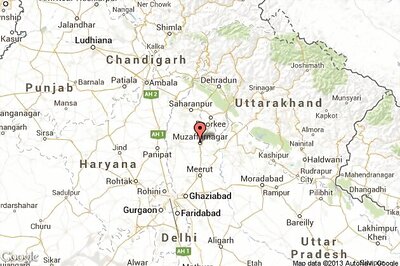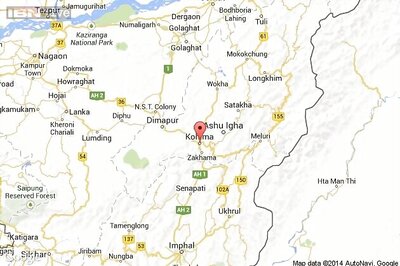
views
The WPI or Wholesale Price Index-based inflation in May 2023 declined to a seven-and-half-year low of (-) 3.48 per cent, on easing prices of food, fuel and manufactured items. This is the second consecutive month when the wholesale inflation is in negative territory.
The WPI comes within days after the government data showed retail inflation, which the RBI MPC takes into account to decide on monetary policy, declined to a 25-month low of 4.25 per cent in May.
This is the lowest WPI inflation print since November 2015, when it was (-) 3.7 per cent. In May 2022, WPI inflation was at 16.63 per cent. Last month, it was (-) 0.92 per cent.
What Does A Negative WPI Mean?
A negative WPI inflation, technically termed as deflation, means that overall wholesale prices have been falling year-on-year. The decline in the WPI-based inflation rate is usually reflected in the retail inflation data with a time lag. So, the retail inflation is expected to fall further in the coming months.
Assocham Secretary General Deepak Sood said, “The drop in wholesale prices by 3.48 per cent for May 2023 is a pointer towards a decline in the retail inflation in the coming months, once the bulk or mandi rates start reflecting in the CPI after a lag.”
He added that the negative trajectory in wholesale prices should help the overall input cost in the value chain. While the trend is expected to continue, we need to watch out for how monsoon plays out as food prices are influenced a lot more by rains than manufactured goods
Paras Jasrai, senior analyst, India Ratings and Research, said, “A deflation in WPI in 1QFY24 (as indicated by the latest trends) would lead to the nominal GDP growth coming out to be closer to real GDP growth. The possibility of nominal GDP growth lower than real GDP growth in 1QFY24 remains high. The WPI deflation also would help in maintaining the retail inflation in the vicinity of the MPC target of 4 per cent in the near term (CPI inflation: 4.25 per cent in May 2023).”
ICRA in its report said, “The YoY deflation in industrial raw materials widened sharply in May 2023, which should augur well for the margins of India Inc.”
The RBI in its monetary policy review last week, kept the key repo rate unchanged at 6.5 per cent on account of easing inflation.



















Comments
0 comment